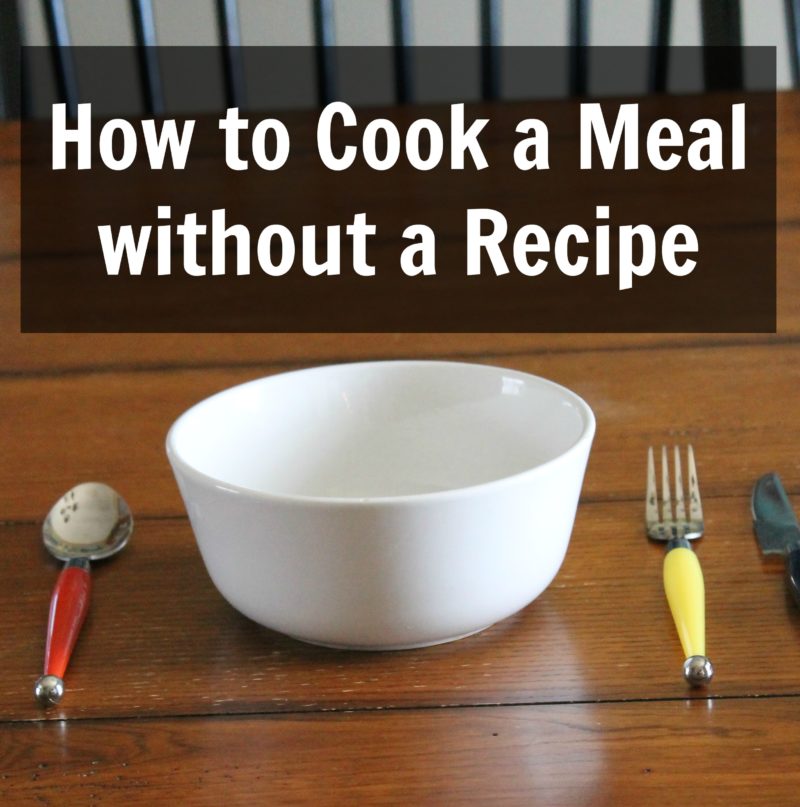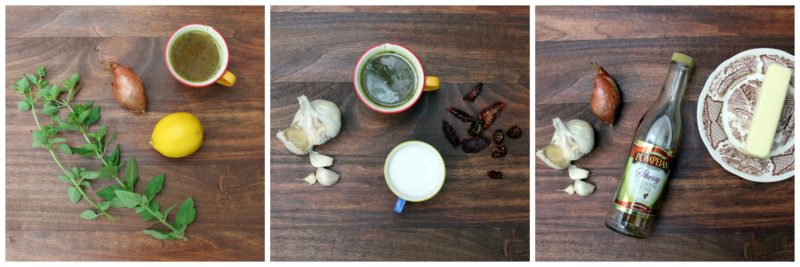The goal of this cooking school series is to get more people in the kitchen. I fully believe that cooking at home is better for our individual health, the environments, and society as a whole. However, I understand that there are a lot of hang-ups for people to actually start cooking. One of the main complaints that I hear is not knowing what to cook.
I’ve heard all the excuses as to why meal planning doesn’t work, how people are too hungry to come up with a cohesive meal or simply just don’t know where to start. If this sounds like you then this post might just help.
Let’s say you just got home, and you’re starving. Grab a snack and follow these steps and I promise you will be able to come up with a “recipe” every time.
Step 1: Take stock of what you have, in the pantry, freezer, and fridge. If you have a good pantry set up, then you should have a few staples to start with and a number of spices, and sauces
- Ask yourself what needs to be used up before it goes bad? (let’s say there’s a bunch of kale in the fridge)
- What proteins do you have on hand? (there’s some shrimp in the freezer and an array of nuts and canned beans in the pantry).
- And what starches are available (you have flour, rice, and pasta)?
Step 2: Make a list of all the things you could make with these ingredients, even if you don’t have all the extra ingredients. Make the biggest mental list you can.
- Shrimp scampi
- Kale Pesto Pizza
- Shrimp Stir Fry over rice
- Shrimp with tomato sauce kale and beans
- Kale Salad
- etc…
Step 3: Pick your favorite 2 or 3 recipes and come up with a plan.
- Let’s say you decided on a sautéed shrimp with kale pesto pasta and beans. Your plan should be to cook the pasta, make the pesto, saute the shrimp and beans.
Step 4: Start cooking, in baby steps. Taking baby steps will allow you to develop the flavor of the dish as you go, add in small amounts so no one ingredient overpowers the dish.
Start cooking, in baby steps. Taking baby steps will allow you to develop the flavor of the dish as you go, add in small amounts so no one ingredient overpowers the dish.
- Cook the pasta according to package instructions.
- Pesto is basically a leafy green with pine nuts, garlic, and oil, with maybe some other spices. Start out with the basics in the blender and whip it up. Taste test it and add some salt and pepper. Whip it up again and re-taste. Still missing something? Try some parmesan cheese, or adding more garlic. Keep this pattern going until you get a flavor that you like.
- Sauté the shrimp and beans. Keep in mind that your flavor driver is going to be the pesto and don’t go too heavy on this part of the dish. If you didn’t have the pesto then you might consider loading the shrimp and beans up with flavors. In this case, oil, salt pepper, some garlic and maybe some red pepper flakes are all you really need. Again add slowly and taste a lot.
Step 5: Combine your components into a final meal. If you still feel like something’s lacking add a slice of bread and butter, a side salad or a steamed veggie.
- Toss the pasta with pesto and spoon the shrimp bean mixture on top. Garnish with something fun. If this doesn’t feel like enough a side salad would be a great addition.
Step 6: Enjoy!
Also, I love Bon Apoetit’s List of cooking without a recipe ideas.



503197 868445Read more on that great Post, I linked to you Thank you. 227966